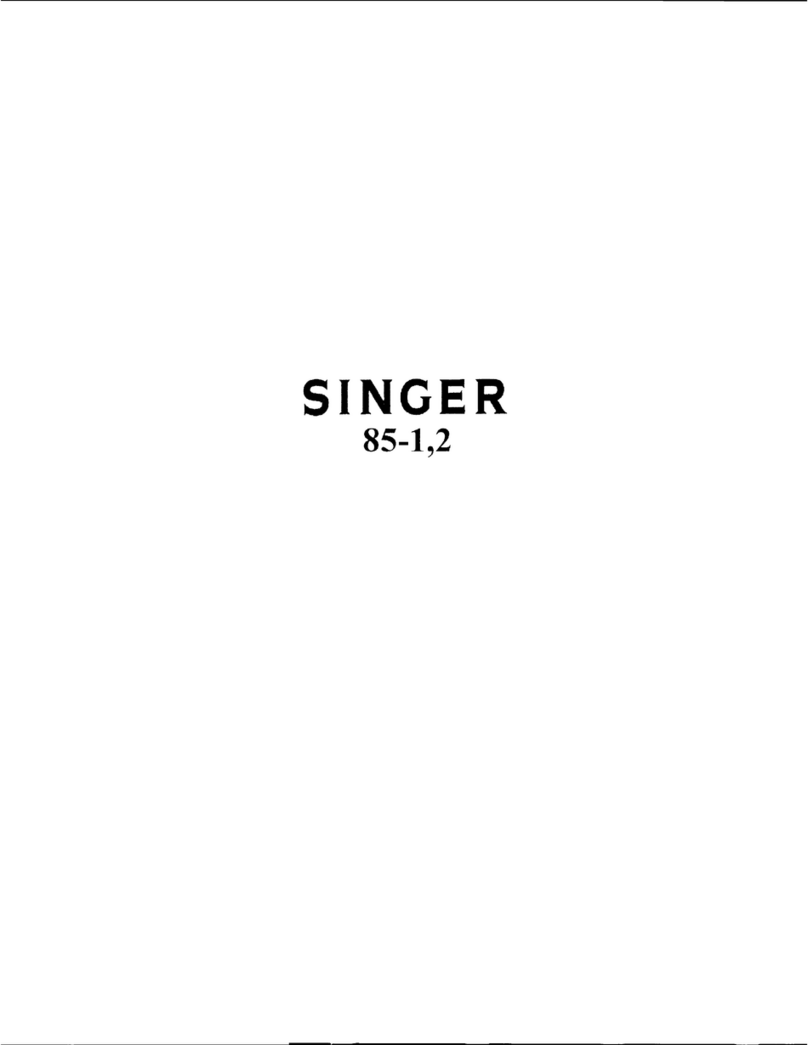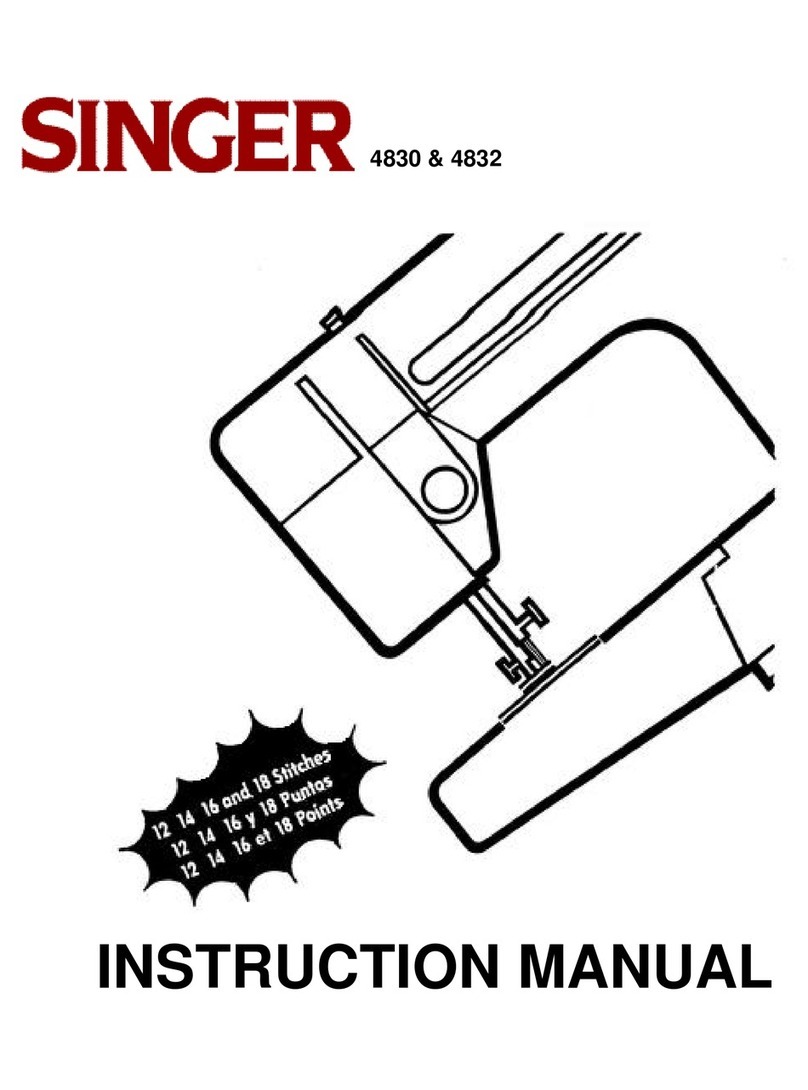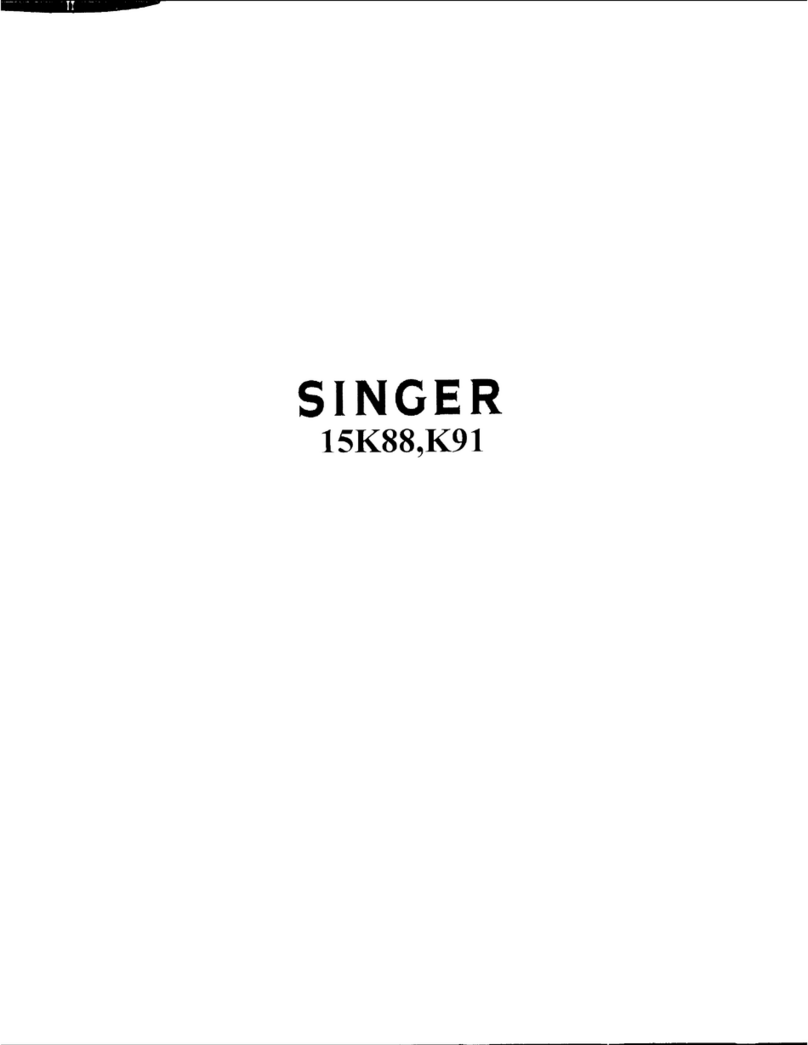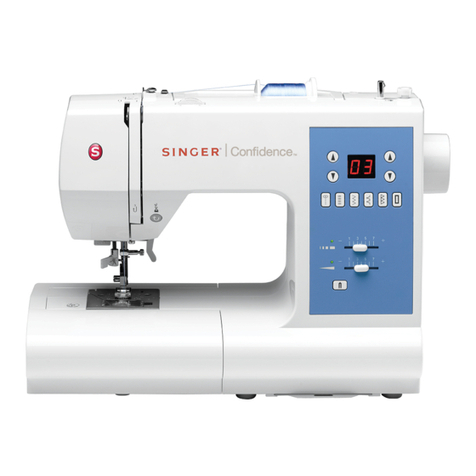Singer 6233 User manual
Other Singer Sewing Machine manuals
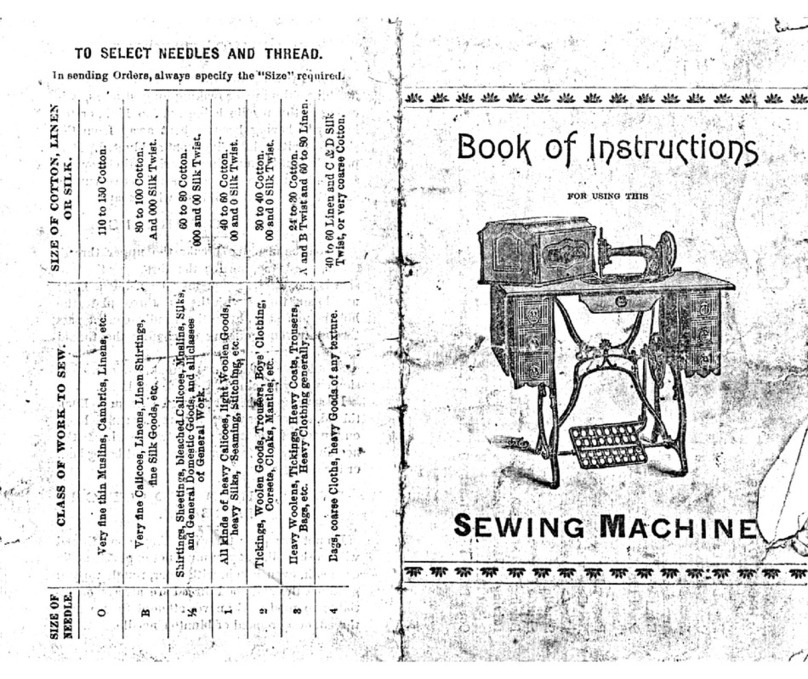
Singer
Singer Sewing Machine User manual
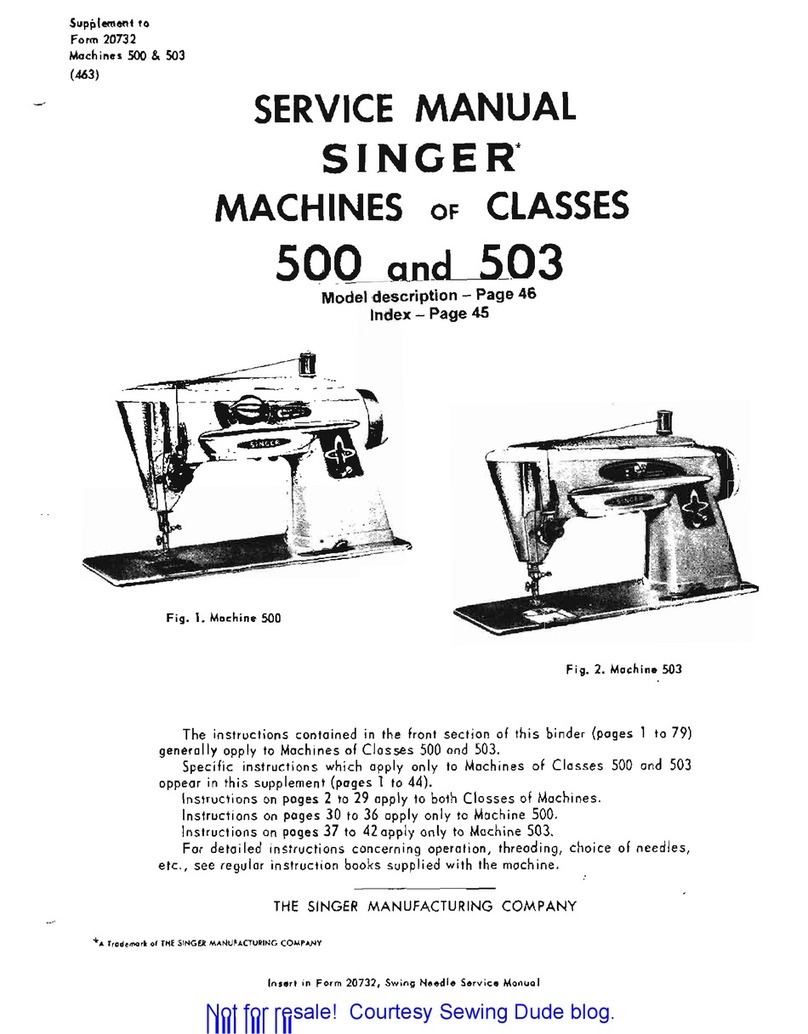
Singer
Singer 500 SERIES User manual

Singer
Singer 1077 User manual
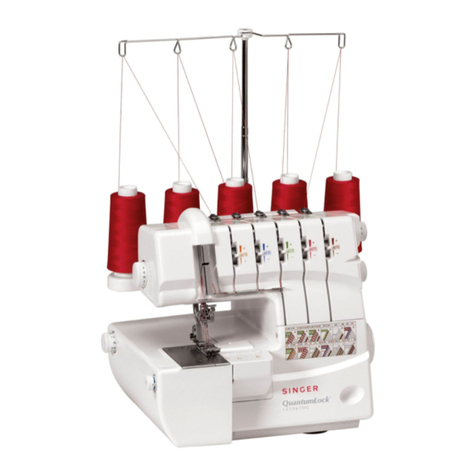
Singer
Singer QuantumLock User manual
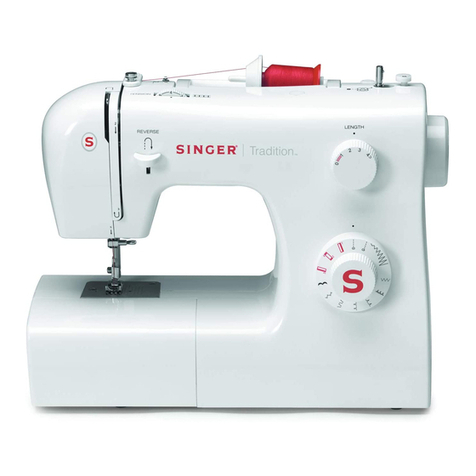
Singer
Singer Tradition 2250 User manual
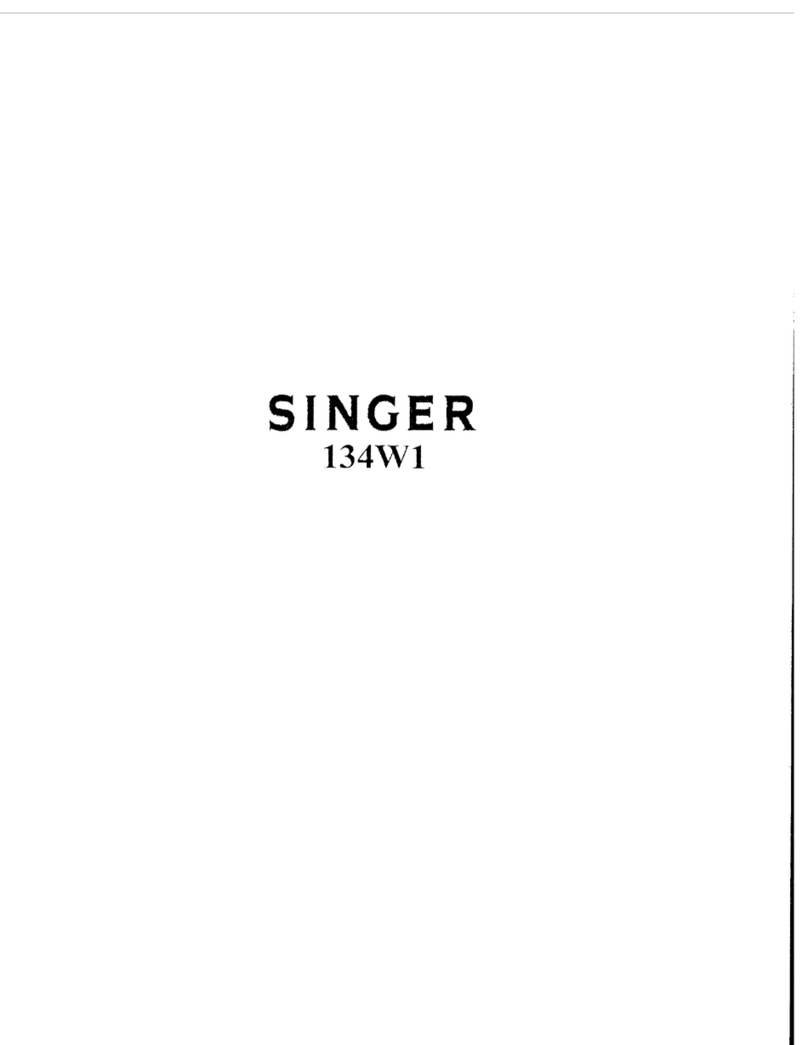
Singer
Singer 134W1 Quick start guide
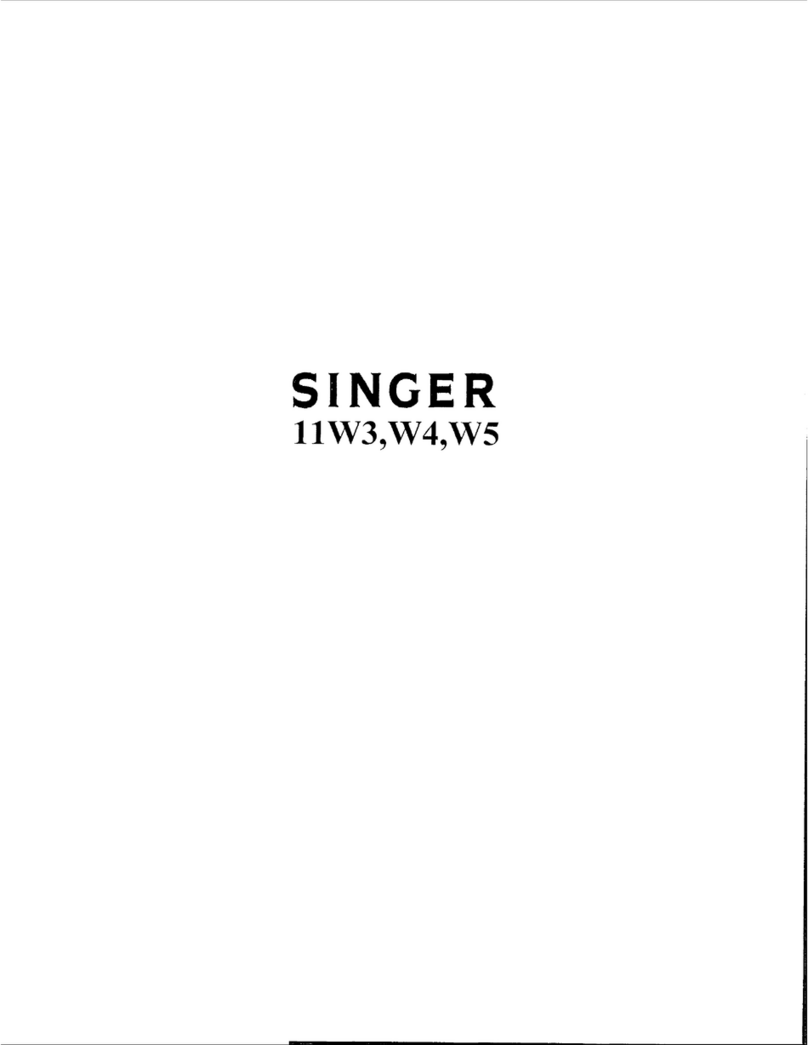
Singer
Singer 11W3 Installation and operation manual
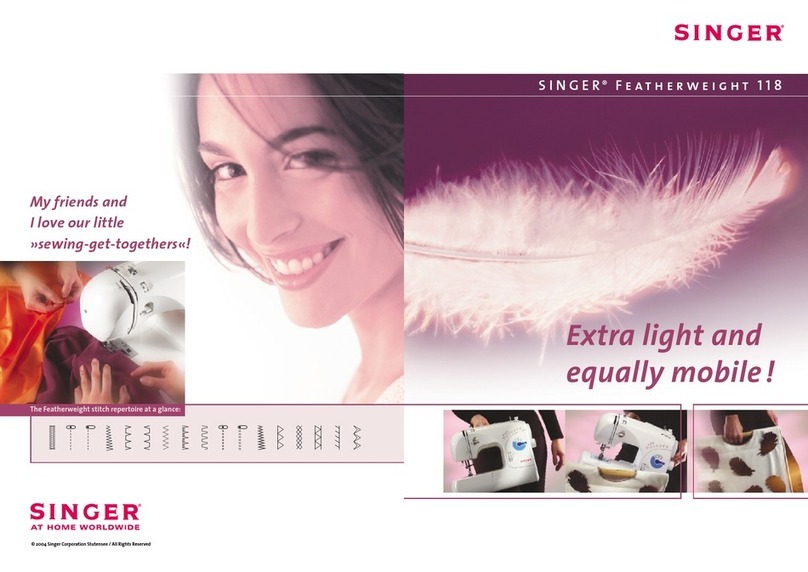
Singer
Singer FEATHERWEIGHT II 118 User manual
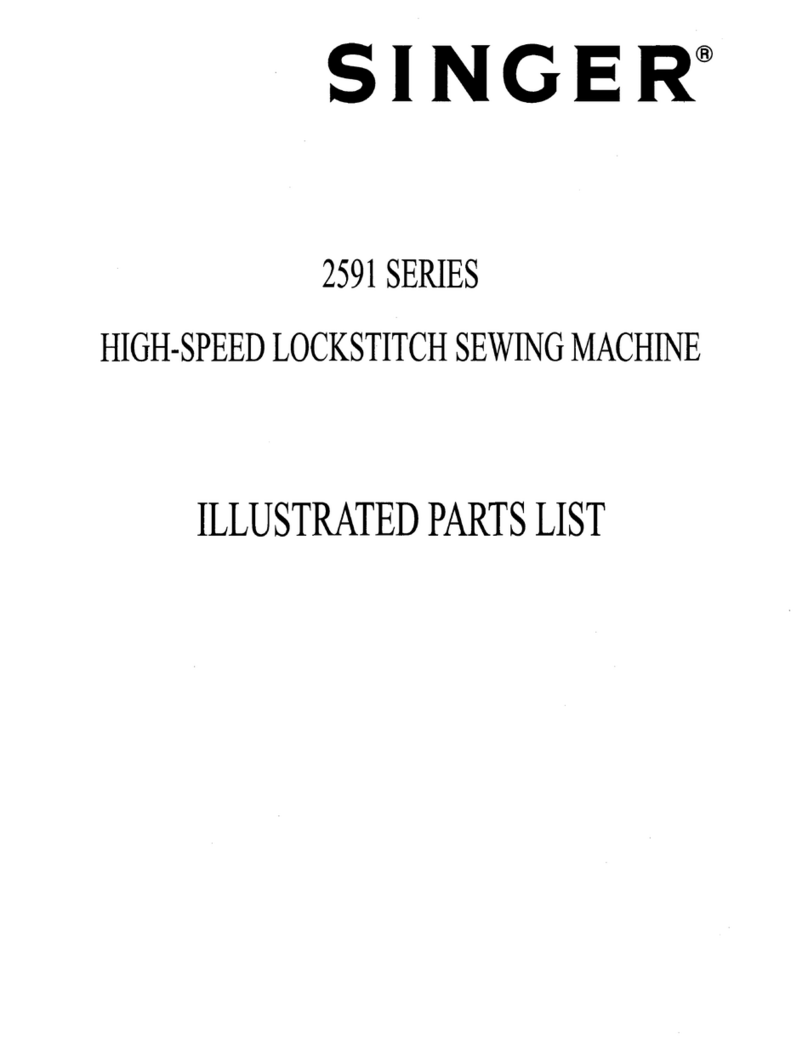
Singer
Singer 2591 series Setup guide
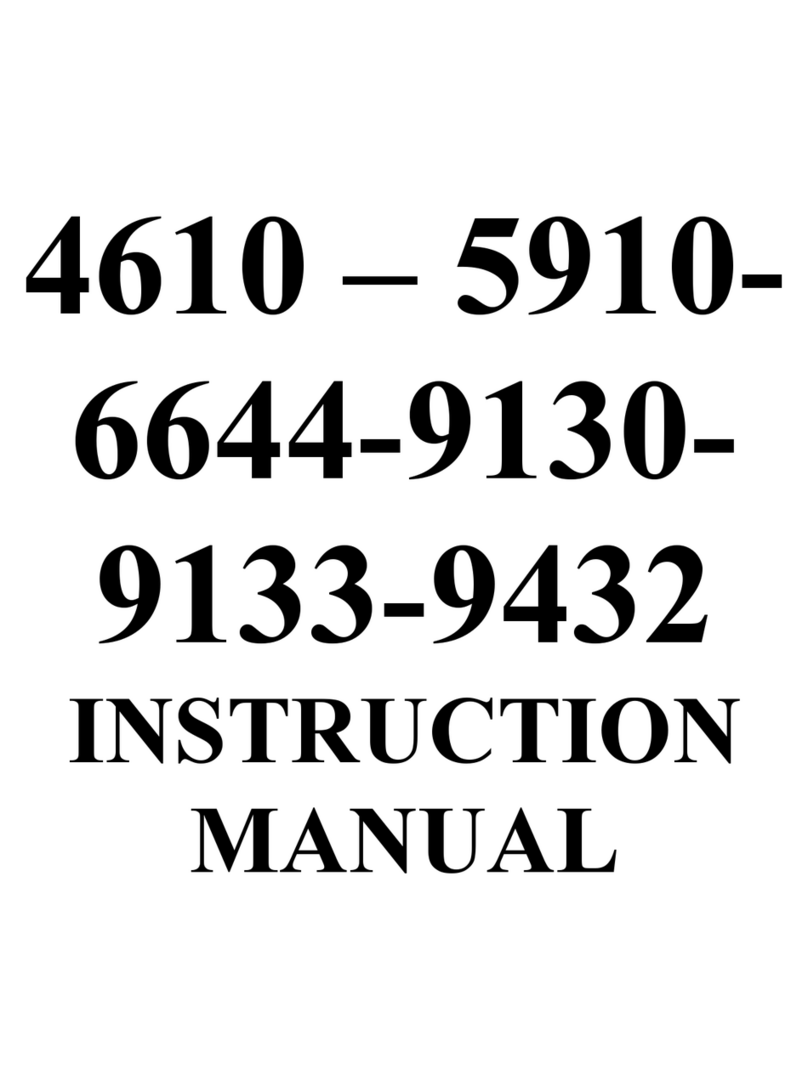
Singer
Singer 4610 User manual
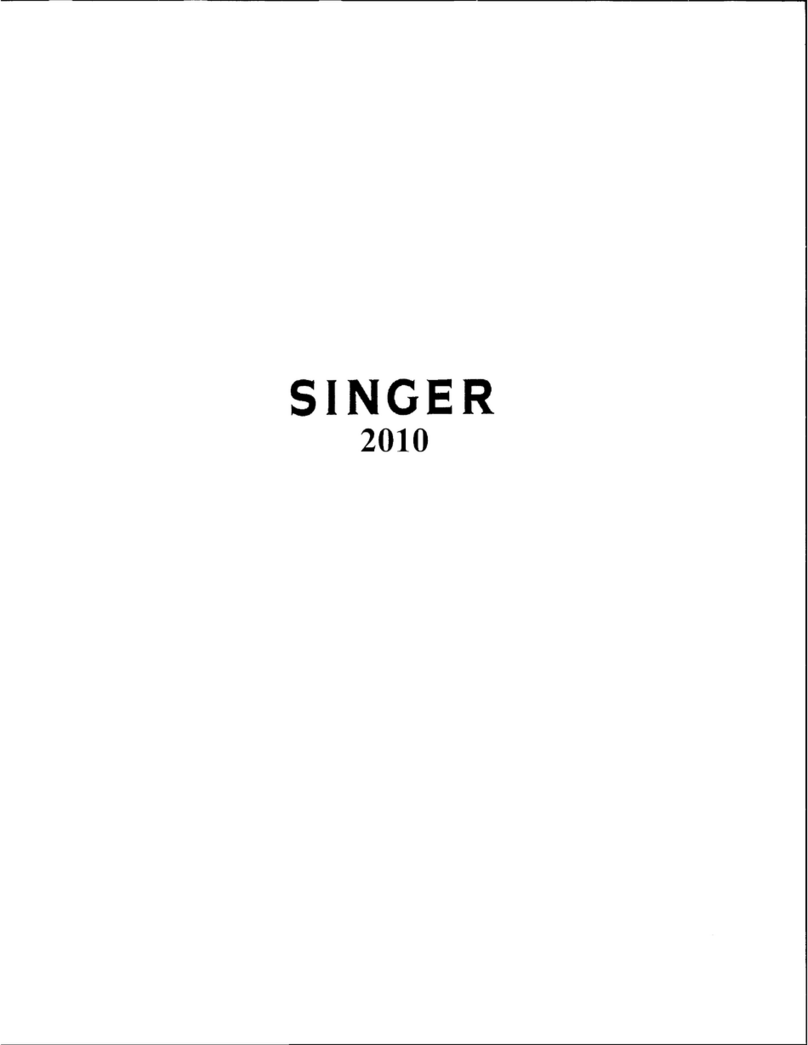
Singer
Singer Touch Tronic 2010 User manual

Singer
Singer 107U202 Manual
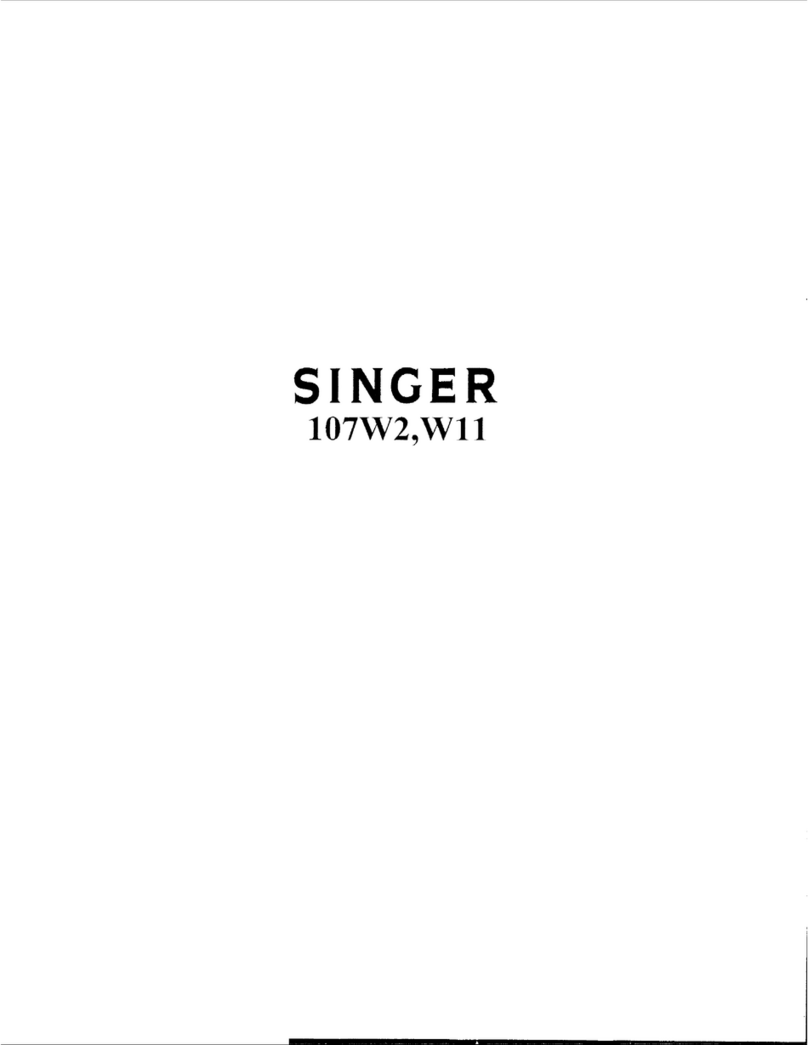
Singer
Singer 107W11 Installation and operation manual
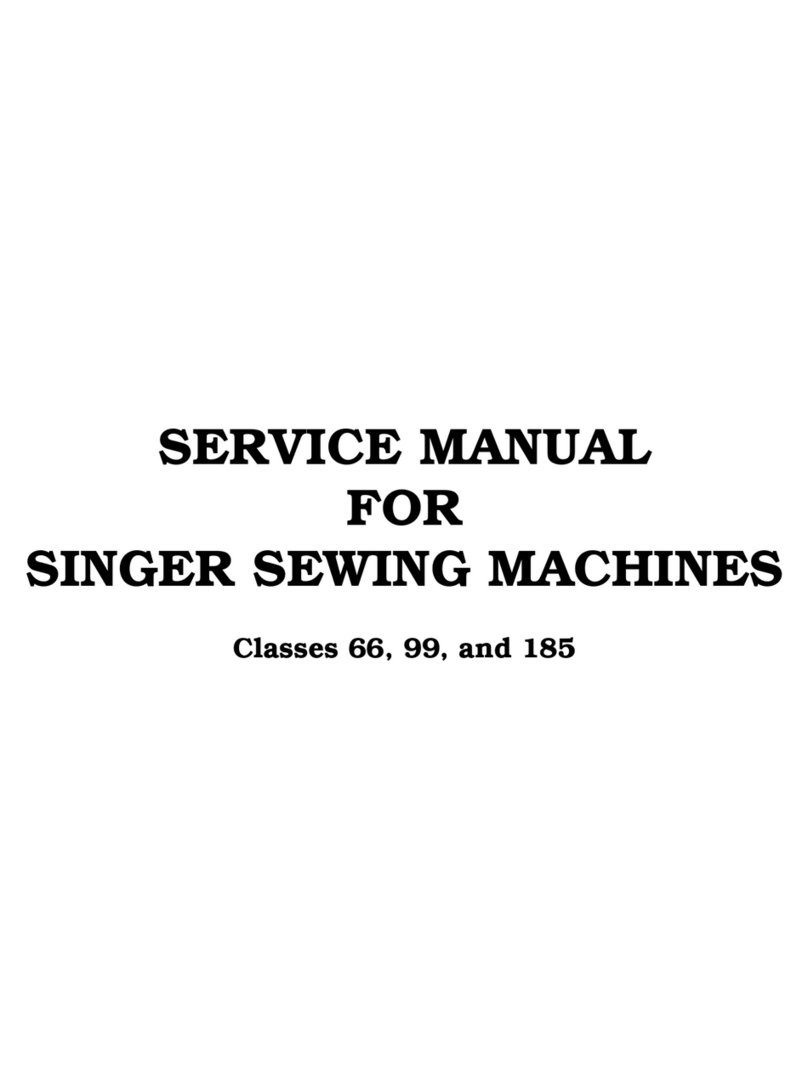
Singer
Singer 66 Series User manual
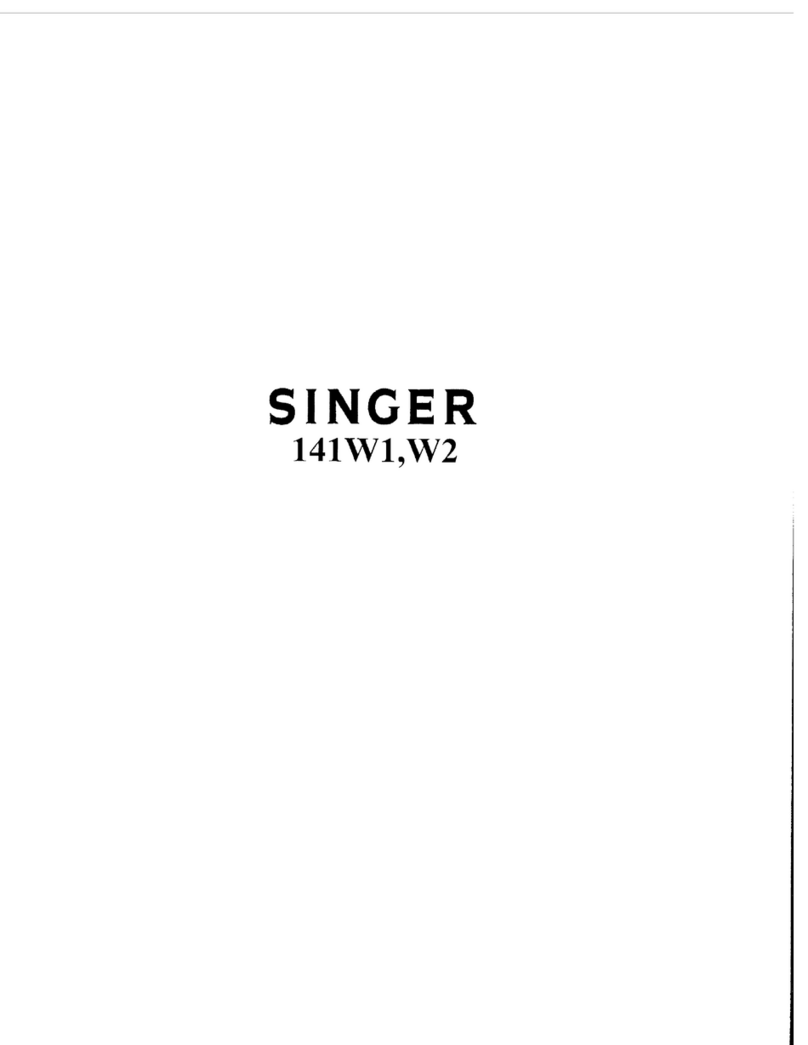
Singer
Singer 141W1 User manual

Singer
Singer 457A105 User manual
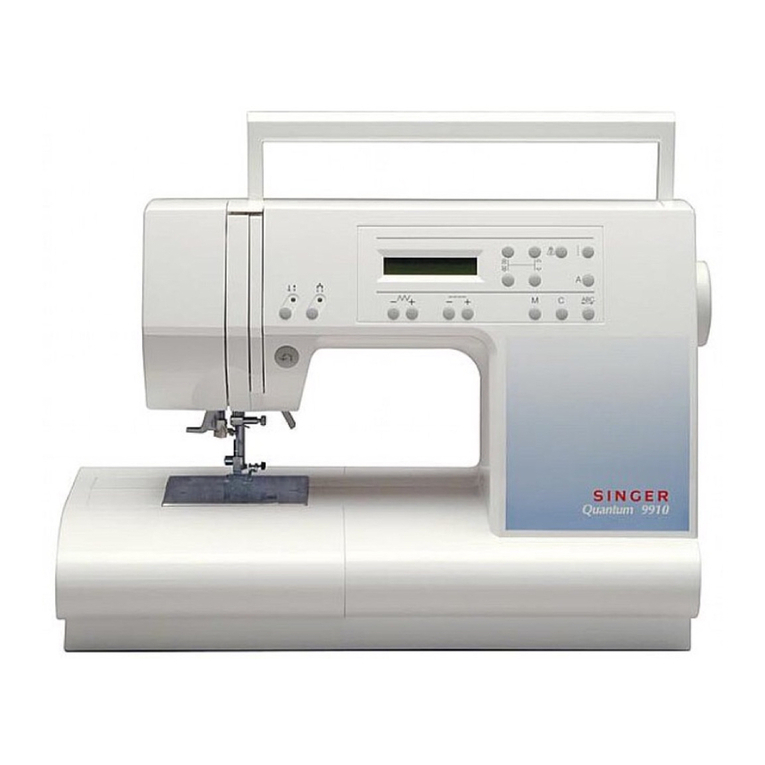
Singer
Singer QUANTUM 9910 User manual
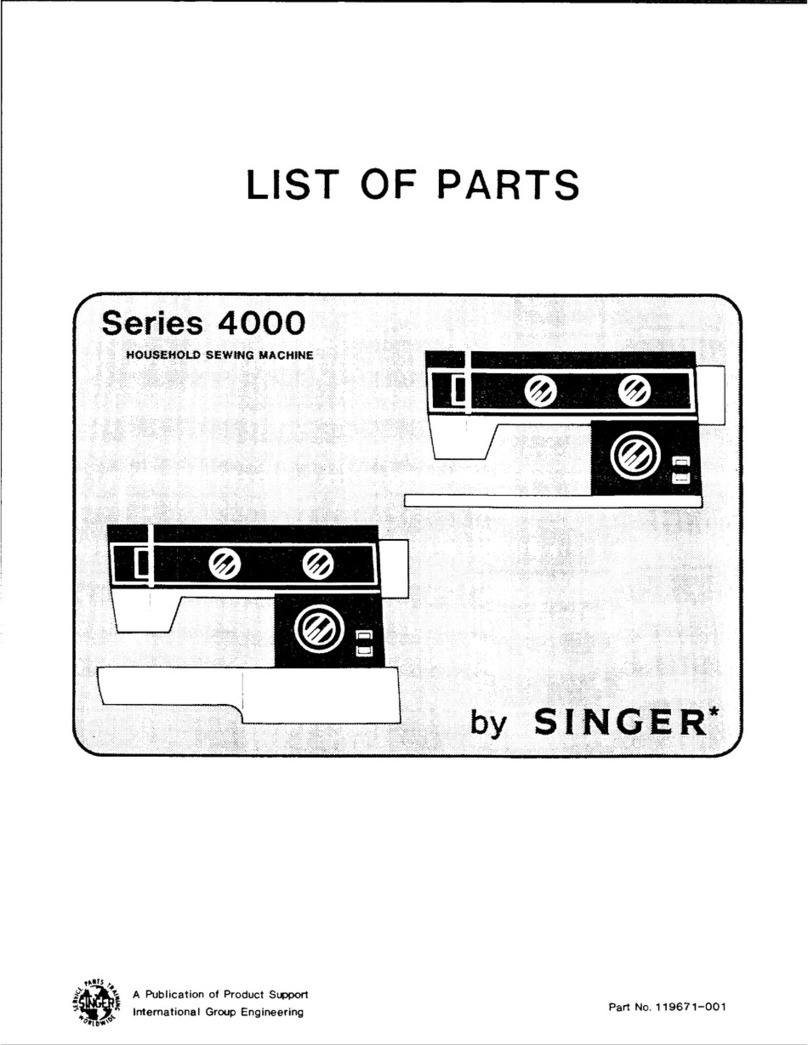
Singer
Singer 4000 Series User manual
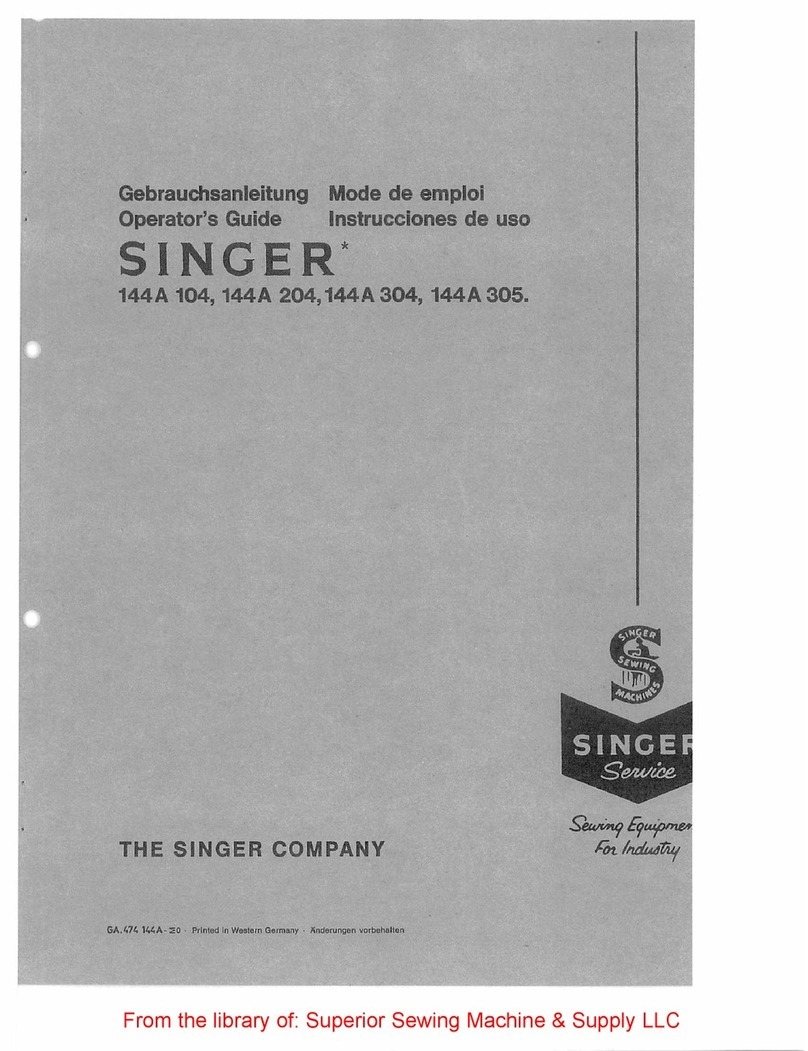
Singer
Singer 144 A 104 User manual

Singer
Singer Touch & sew 646 User manual
